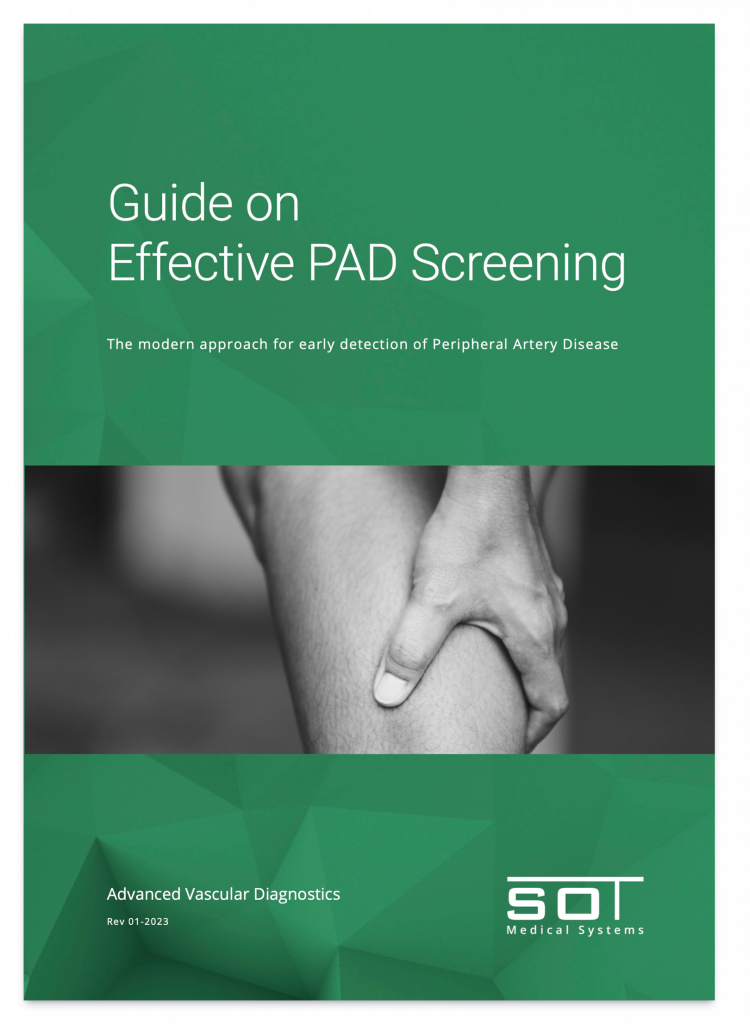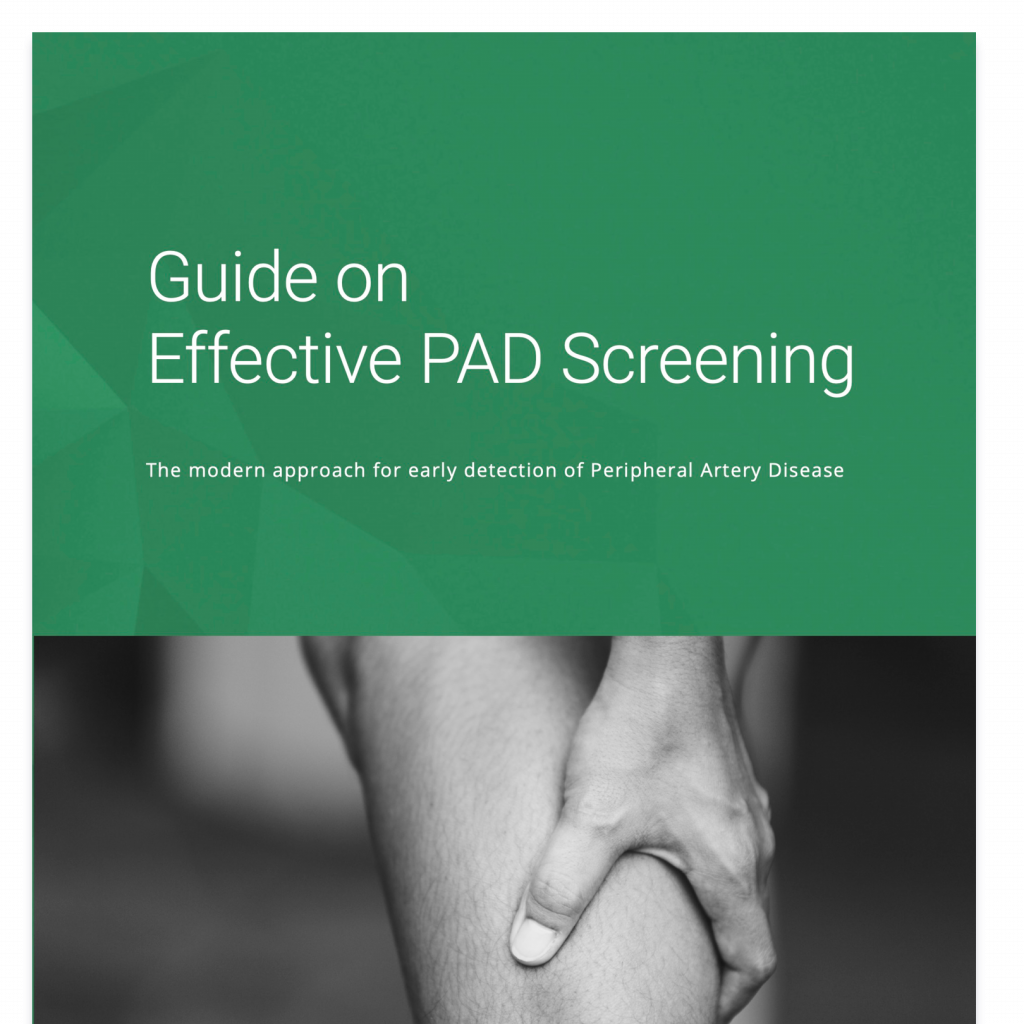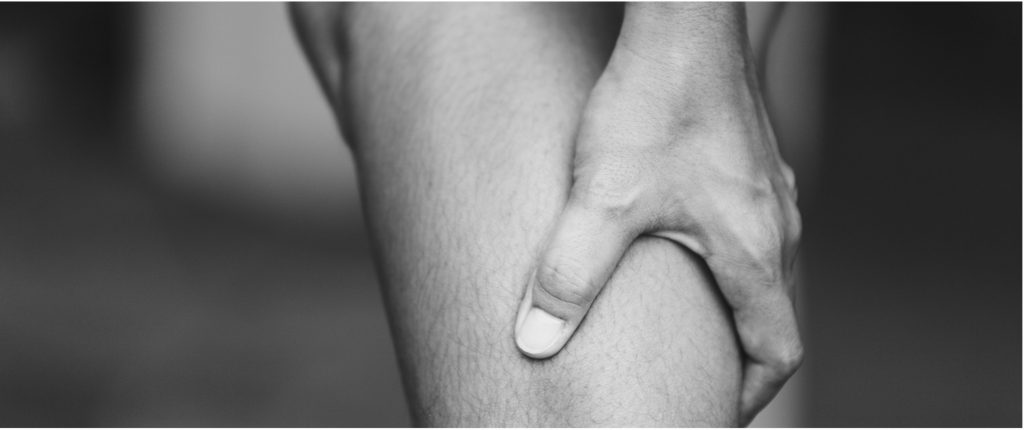
How to early detect PAD in 3 minutes
And why traditional ABI testing is insufficient.
DownloadAtherosclerosis is the number one cause of death in the developed world.
are affected
PAD affects 12-14% of the world’s population.*
are asymptomatic
Up to every other PAD patient does not experience symptoms and is likely not diagnosed.*
die within 4 years
Only 50% of PAD amputees survive more than four years.*
Learn why traditional ABI testing is insufficient
Manually determining ABI by applying a pressure cuff and a handheld Doppler is accompanied by significant disadvantages, especially compared to an automated oscillography reading.
Disadvantages of manual ABI test:
User Dependent
The test must be performed by well-trained personnel capable of localizing and assigning the correct vessels while determining the slightest indication for blood flow.
Lengthy Process
Manually obtaining the pressure readings on all relevant vessels can take up to 15 minutes per patient.
No Side Comparison
Because there is no simultaneous reading, small side deviations between the circulation of the patient’s left and right side cannot be documented.
Not suitable for Diabetics
The method is not suitable for patients suffering from media sclerosis, which is very common in diabetic patients.
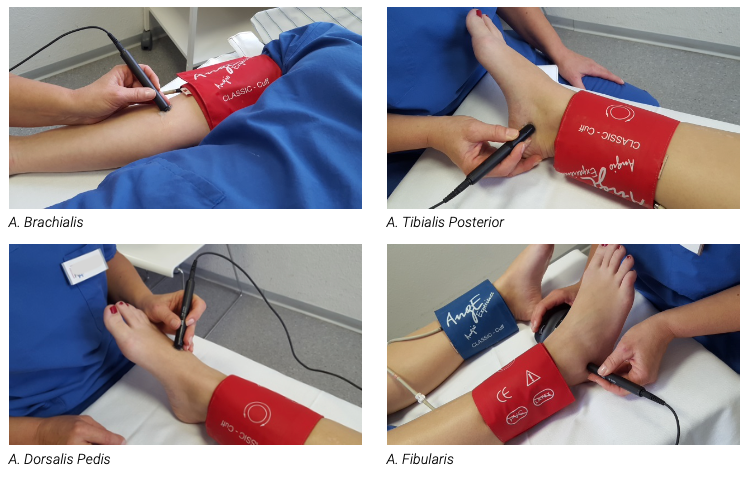
Use the 3-Minute Test to detect PAD, even in early stages:
The modern approach is the oscillometric method, in which pressures are recorded by applying four measurement cuffs simultaneously on upper arms and ankles using an automated system. This approach is operator independent, time efficient, allows a direct side-by-side comparison of the pulse waves and includes the indicator with the highest sensitivity to determine PAD, the PWI™ (Pulse Wave Index):
Benefits of automated oscillography:
Time Saving
3-Minutes Screening compared to ~10min. Doppler ABI or ~20min. TcpO2 test.
Accurate
Cuffs measure all Vessels and Collaterals at the same time (compared to one vessel at a time with Doppler).
Simultaneous
Direct left and right comparison to detect slightest side differences in timing and amplitude.
Standardized
Comparable measurements (to detect trends) and reduction of human error. No additional training needed.
In our study, PWI performed better than oABI and dABI. This finding is new, but not surprising as PWI is highly influenced by the time-to-peak of the volume curve. This parameter is known since long to be very sensitive for post- stenotic flow curves and tends to be less affected by vessel wall characteristics like media sclerosis.
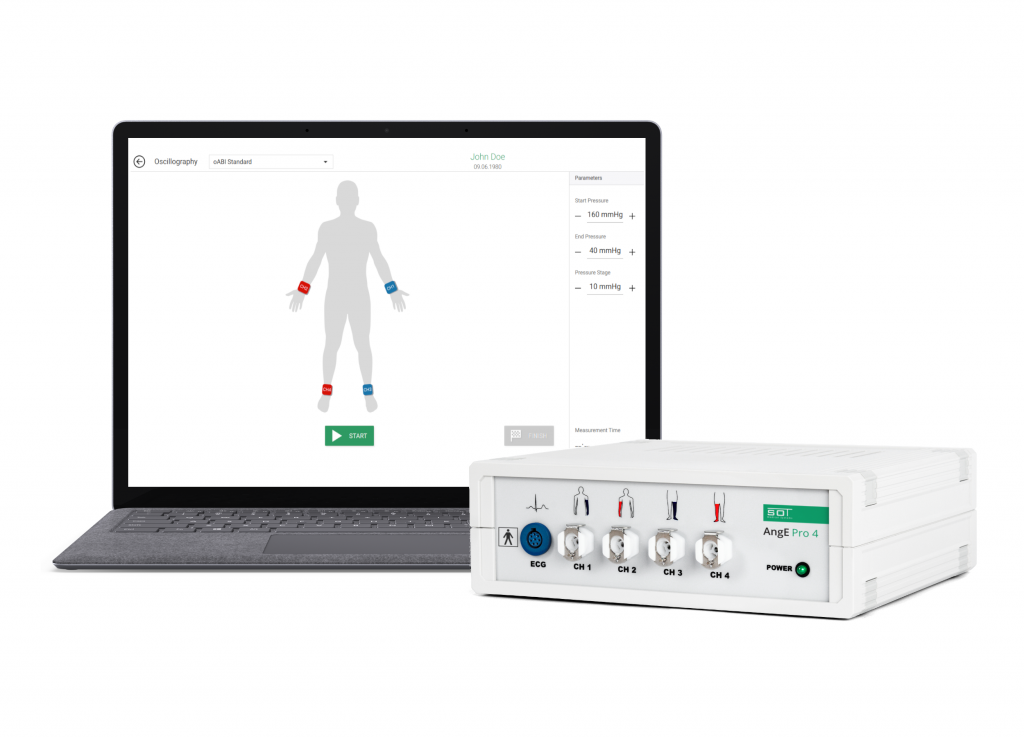
Get the Guide
Download the comprehensive guide with focused contents on PAD screening:
Peripheral Artery Disease (PAD)
- Symptoms of PAD
- Treatment of PAD
How to assess PAD
- The traditional method: Ankle Brachial Index (ABI)
- The modern approach: Pulse Wave Index (PWI™)
Vascular Screening with the TOPP-Method
- Measurement Principle
- Obtained Parameters
- Interpretation Example
- Case Study with Angiography
Bonus: Exercise Stress Test
